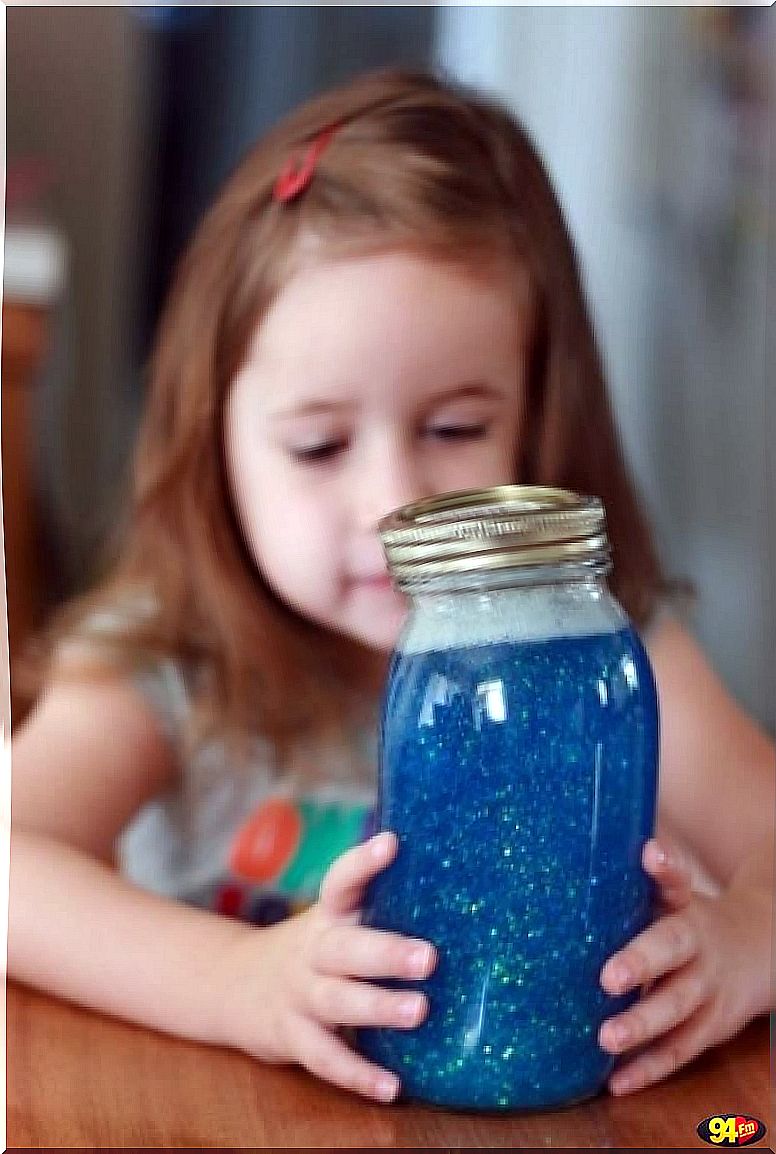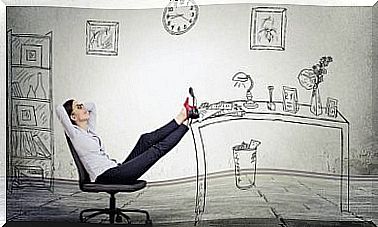Montessori Techniques To Channel Anger And Nervousness In Children
While it is true that Montessori pedagogy has always been both admired and criticized, it is still an interesting approach that we can make use of.
This pedagogy is not only useful in the classroom, but also at the family level and in day-to-day education with our children.
On this occasion, we want to talk to you about anger and those explosions of nervousness in the little ones. Sometimes these episodes are difficult to channel, control, and even understand.
One of the most useful concepts that María Montessori left us was that of sensitive periods. Children, from birth to age 6, experience what are known as “windows of opportunity.”
- They are moments where they have innate abilities to learn, to acquire certain skills and abilities.
- That is when the best opportunity opens up to teach them to channel and understand that complex emotional world that sometimes overwhelms them.
Today in our space we offer you simple strategies so that you can channel anger and nervousness in children.
Montessori pedagogy to channel tantrums and anger in children
We all know more or less how teaching is oriented in centers where Montessori pedagogy is applied.
- The aim is to favor above all that autonomy in the child.
- Where he himself is responsible for his learning through his curiosity and interaction with everything that the environment can provide.
Now, what many parents may wonder is how Montessori pedagogy can help us at home. After all, it is the closest environment, where children receive the most basic educational guidelines.
Let’s see some tips on which to reflect and that will help us to manage those moments of rage or anger.

Socio-emotional education
María Montessori never spoke of education or emotional intelligence “simply”. For the famous pedagogue, emotion and socialization went hand in hand. In the same way, this study carried out by the Lebanese American University relates affection with creativity, a horizon on which it is also important to look at the educational level.
When a child explodes in a tantrum, what he feels more than anything is that his social environment does not conform to his expectations:
- You cannot have what you want, you feel offended by something or someone, you are unable to postpone gratification. All of this translates into tears, screaming, and kicking.
- Emotions emerge in this socio-emotional context of the child when interacting with adults or other children. One aspect cannot be separated from the other.
- Despite the fact that many criticize the Montessori method for offering the child that supposed freedom and independence, we cannot forget something fundamental:
- The sensitive periods between birth and 6 years are a key time for us to be there. All this in order to answer each question and pay attention to each emotion.
Aspects that we must take into account to guide the emotional world of the child
- Do not despise any word or behavior of the child, nor do you compare it. All of this generates more anger.
- It encourages the child to feel safe at all times. Safe to talk to you, safe to dare to discover the world, to talk to other children, to play with respect, to trust, to create.
- Allow the child to make mistakes. Offer him advice, but let him solve his mistakes himself. Children need to do things for themselves to feel capable and to increase their self-esteem.
- When a child expresses anger or anger there is something that he cannot or does not know how to transmit. There is a fact in himself or in his close environment that we must know and understand.
Therefore, it is vital that, as parents, we guide him calmly and patiently. Never neglect these expressions of anxiety or nervousness, especially if they are small. You have to know the origin and offer strategies.
The jars of calm
In recent years, so-called calm flasks have become very fashionable . They serve to relieve stress and anxiety in children. However, it is necessary to clarify what is their purpose and how to use them.

Calm jars are a visual stimulus. The child can focus their attention for a moment thanks to the movements of the glitter. They should always be used in the company of an adult.
We can, for example, take them every day to the child’s bed. As you watch and move it, we can ask you:
- How your day went.
- What worries you.
- What fears your heart harbors.
- Also what do you like.
- He does not like.
We will ask those questions in a correct way, without judging, without it being a direct questioning but, rather, a game where we encourage the emotional relief of our children.
The Calm Flask is a simple resource that can be of great help to you. If you want to do it yourself at home, do not hesitate to remember our article on how to make a luminous jar.









